The Lunar New Year, also known as Spring Festival, is the most significant traditional holiday in Chinese culture, marking the beginning of a new year on the lunar calendar. It is a time of reunion, renewal, and reverence for ancestral customs. Central to these celebrations are elaborate feasts filled with dishes that carry deep symbolic meanings, each chosen to invoke prosperity, luck, and togetherness. From savory dumplings to sweet rice cakes, the foods eaten during this festive season reflect centuries-old traditions and the collective hope for a brighter future.
Dumplings: A Taste of Wealth and Unity
No Lunar New Year table is complete without jiaozi, boiled dumplings shaped like ancient gold ingots. These crescent-shaped delights are believed to bring wealth and abundance in the coming year. Families often gather hours before midnight on New Year’s Eve to prepare dumplings together, a ritual that strengthens bonds and passes down culinary skills across generations. The filling varies by region—northern China favors pork and cabbage, while coastal areas might opt for shrimp or seafood. A cherished tradition involves hiding a coin inside one dumpling; whoever finds it is said to receive extraordinary luck. The act of folding dumplings, with their intricate pleats, mirrors the importance of meticulous craftsmanship and patience in life.
Spring Rolls: Golden Treasures for the New Year
Chun juan, or spring rolls, are another iconic dish served during the festival. Their golden, crispy exteriors resemble bars of gold, symbolizing wealth and prosperity. These cylindrical treats are typically filled with a mixture of shredded vegetables, mushrooms, and sometimes meat, all wrapped in thin pastry dough and deep-fried to perfection. The dish’s name itself reflects the arrival of spring, a season of renewal and growth. In southern China, spring rolls are often enjoyed alongside sweet and sour sauce, adding a tangy contrast to their crunchy texture.
Fish: The Promise of Abundance
A whole fish, usually steamed or braised, is a centerpiece of the Lunar New Year meal. The Chinese word for fish, yú, sounds identical to the word for “surplus” or “abundance,” making this dish a powerful symbol of prosperity. It is customary to serve the fish with its head and tail intact, representing a harmonious beginning and end to the year. Diners are encouraged to leave some fish uneaten, as this gesture ensures that good fortune will carry over into the coming months. In coastal regions, saltwater fish like grouper or sea bass are preferred, while freshwater carp is common in inland areas.
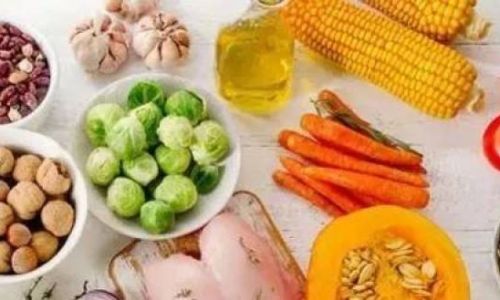
Nian Gao: Sweet Stickiness of Progress
Nian gao, or New Year’s cake, is a sticky rice pudding with a gelatinous texture that symbolizes climbing higher each year. Made from glutinous rice flour, sugar, and water, this dessert can be steamed, pan-fried, or stir-fried with eggs. Its name literally translates to “year cake,” but the phrase nián nián gāo shēng (“may you rise higher each year”) reinforces its role as a harbinger of advancement. In some households, nian gao is sliced and coated in beaten egg before being fried to a golden crisp, creating a delightful contrast between the crispy exterior and soft interior.
Tang Yuan: Sweet Unity in Every Bite
These glutinous rice balls, known as tang yuan, are a beloved treat during the Lantern Festival, which marks the end of Spring Festival celebrations. Their round shape represents family togetherness and completeness, while their sweet filling—often sesame, red bean, or peanut—signifies a harmonious life. Served in a warm ginger-infused broth, tang yuan is especially popular in southern China, where it is believed to ward off cold and promote good health. In northern regions, similar dumplings called yuan xiao are made using a different technique, rolling the filling in dry flour until spherical.
Longevity Noodles: Slurping Up Health and Happiness
Chang shou mian, or longevity noodles, are uncut strands of wheat or rice noodles served in broth or stir-fried. Their extraordinary length—often exceeding a meter—symbolizes a long and healthy life. It is considered bad luck to break the noodles while eating, so diners must slurp them carefully. This dish is particularly popular among the elderly, as it embodies the wish for vitality and endurance. In some households, noodles are topped with mushrooms, bamboo shoots, or thinly sliced meats to enhance flavor and prosperity.
Fruits of Fortune: Oranges, Tangerines, and Pomelos
Bright citrus fruits like oranges (jú) and tangerines (jú gān) are ubiquitous during Spring Festival. Their golden hues evoke wealth, while their names sound similar to the words for “luck” (jí) and “gold” (jīn). Families display these fruits in bowls or exchange them as gifts, believing they attract positive energy. Pomelos, with their thick skins and juicy segments, are also favored for their resemblance to full moons and their association with family unity. In contrast, pears are avoided due to the homophone for “separation.”

Regional Delicacies: From Hotpot to Eight Treasure Rice
Beyond the staples, regional variations add diversity to the Lunar New Year table. In Sichuan, a spicy hotpot bubbling with meats and vegetables symbolizes a life filled with passion and warmth. In Guangdong, pèn cài—a steamed dish of meats and preserved vegetables—is served to ensure a bountiful harvest. The elaborate bā bǎo fàn (eight treasure rice) features sticky rice studded with lotus seeds, red beans, and dried fruits, each ingredient representing a different blessing. Even in modern times, these dishes remain cherished, with younger generations adapting recipes to include healthier ingredients or fusion twists.
Modern Adaptations and Enduring Traditions
While globalization has introduced new culinary trends, the core principles of Lunar New Year feasts endure. Urban families might order dumplings from restaurants or use pre-made wrappers, but the act of sharing stories while preparing food remains sacred. Social media platforms now buzz with hashtags like #jiaozimaking or #niangaorecipe, blending tradition with technology. Yet, the essence remains unchanged: each dish is a vessel for hope, a reminder that food nourishes not just the body, but the soul.
Conclusion: A Feast That Transcends Time
The foods of the Lunar New Year are more than sustenance—they are love letters to the past and blueprints for the future. Through every bite of dumplings, every slurp of noodles, families reaffirm their connection to ancestors and their aspirations for descendants. As the world evolves, these culinary traditions persist, proving that some flavors are timeless. In a season dedicated to new beginnings, the Lunar New Year table stands as a testament to the enduring power of tradition, unity, and the simple joy of breaking bread with loved ones.

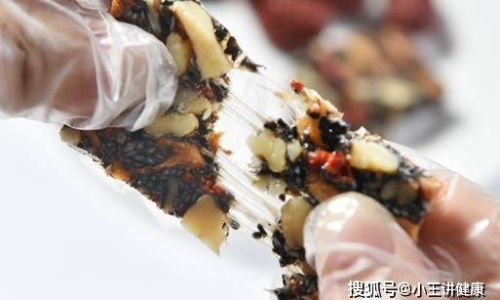
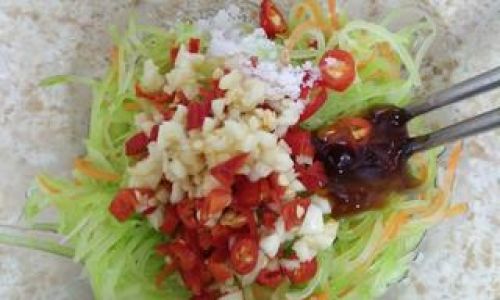
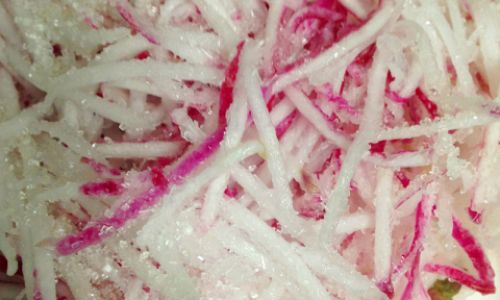
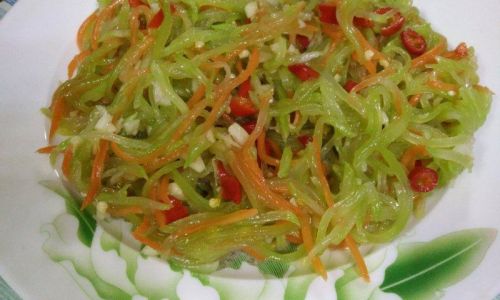
0 comments